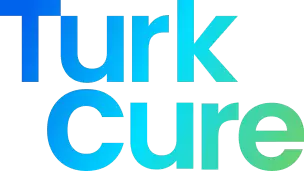The diversity of human races has resulted in a wide range of physical features, which are most prominently displayed in people’s facial characteristics and types of noses. The nose, located at the center of the face, has always drawn attention due to its prominent position.
The shape and size of the nose have given rise to distinct beauty standards within various ethnic groups and across different eras of human history. As a result, the noses of most individuals worldwide can be classified into one of the nine categories below. Understanding these types can be both intriguing and informative for individuals contemplating rhinoplasty surgery or any other nose-related surgical procedures.
Read this article before you decide to undergo rhinoplasty. Then stand in front of the mirror and try to guess which of the 9 types of noses we explain below best describes your nose. In the next step, you will also get a glimpse of what changes each nose type will experience when operated upon.
9 Types of Noses Around the Globe
The central part of the face, that is the nose of almost every human being you see can be categorized in one of the 9 nose formats that follow:
1. Bulbous Nose and Bulbous Nose Tip
The bulbous nose type or Rhinophyma is a descriptive term for a nasal shape characterized by a rounded, wide, and often fleshy tip. The tip of the nose appears enlarged and lacks definition, which can create a softer, rounder appearance. This condition is typically considered when the tip of the nose is broader and more prominent than desired, affecting the overall facial balance and aesthetics.
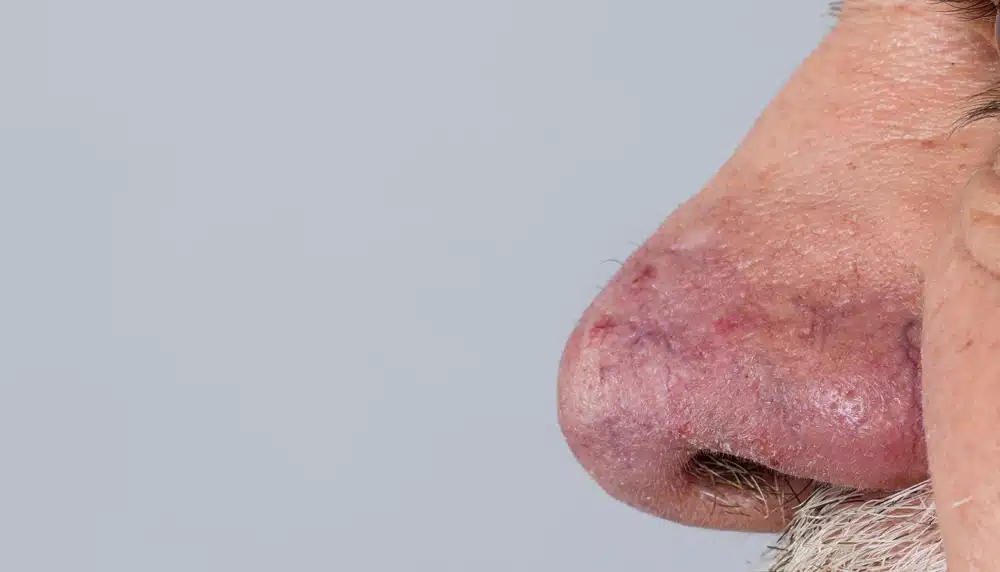
People who happen to have this type of nose face extreme difficulty in eating and breathing plus they often feel social embarrassment resulting from the rapid enlargement of sebaceous glands and connective tissues.
The distribution of Rhinophyma displays a significant gender disproportion, with a ratio of 30 males to every 1 female affected, particularly among individuals aged 50 to 70 years.
Nose Surgery: Reducing a bulbous nose tip typically involves a procedure that entails the removal of cartilage from the nasal tip and reshaping the remaining cartilage.
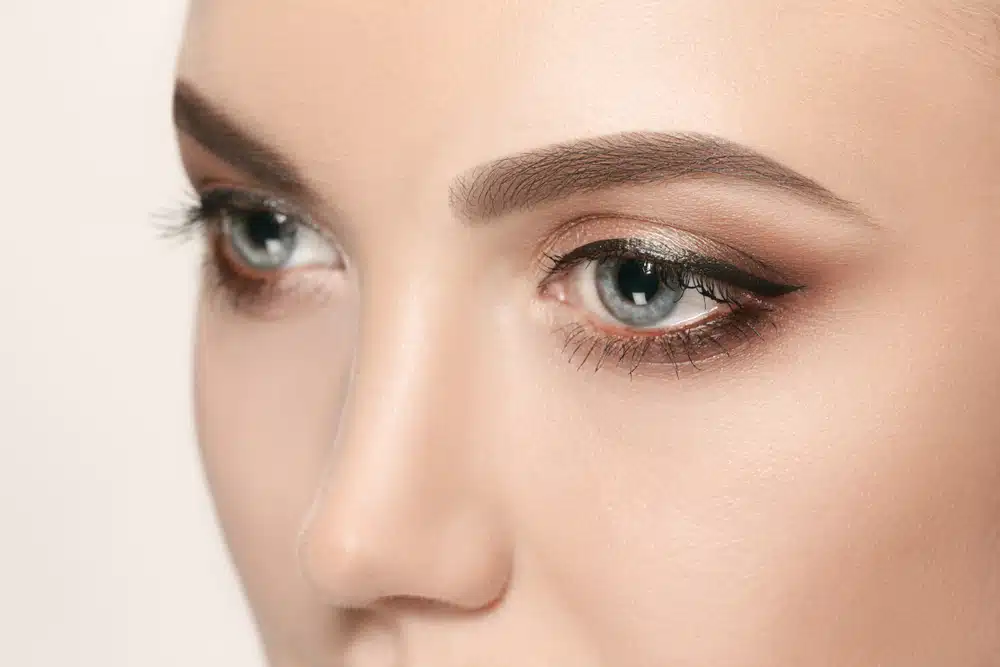
2. Celestial or Upturned Nose
A celestial or upturned nose is usually characterized by its petite appearance and a subtle upturned tip, as the name suggests. Many celestial noses also feature a slight indentation in the middle of the bridge. Among the types of noses, this shape is often the most sought-after one, although some individuals may have a more pronounced upturned curve that they wish to address.
Such nose type, also known as a retroussé nose, is often considered attractive and can add an appealing and youthful quality to one’s facial features. Moreover, it is more commonly associated with certain ethnicities, but it can be found in people from diverse backgrounds.
Key features of the celestial or upturned nose include:
Upturned Tip:
The defining characteristic is a nasal tip that is gently turned upward, creating a slight concavity rather than a downturned or straight profile.
Shorter Appearance:
The celestial nose can make the nose appear shorter than noses with a straight or drooping tip, giving the face a youthful and sometimes slightly perky appearance.
Nostril Visibility:
The upturned tip often results in a more prominent view of the nostrils, especially when viewed from the front. This can add to the uniqueness of the nose’s appearance.
Variability:
Celestial noses come in various degrees of upturn, from subtle and delicate to more pronounced. The extent of upturn can vary significantly from person to person.
There are various expressions to refer to this type of nose: Pert Nose, Barbie nose, Fantasy nose, Pug Nose, Button Nose, Petite nose, Pixie Nose, and Ski Jump Nose.
3. Snub Nose / Button Nose
A snub nose resembles the celestial nose but often has a rounder appearance with a more pronounced upturned tip, making the nostrils visible when viewed from the front. People with snub noses may consider rhinoplasty to refine the tip and lengthen the nose.
Key characteristics of a snub or button nose include:
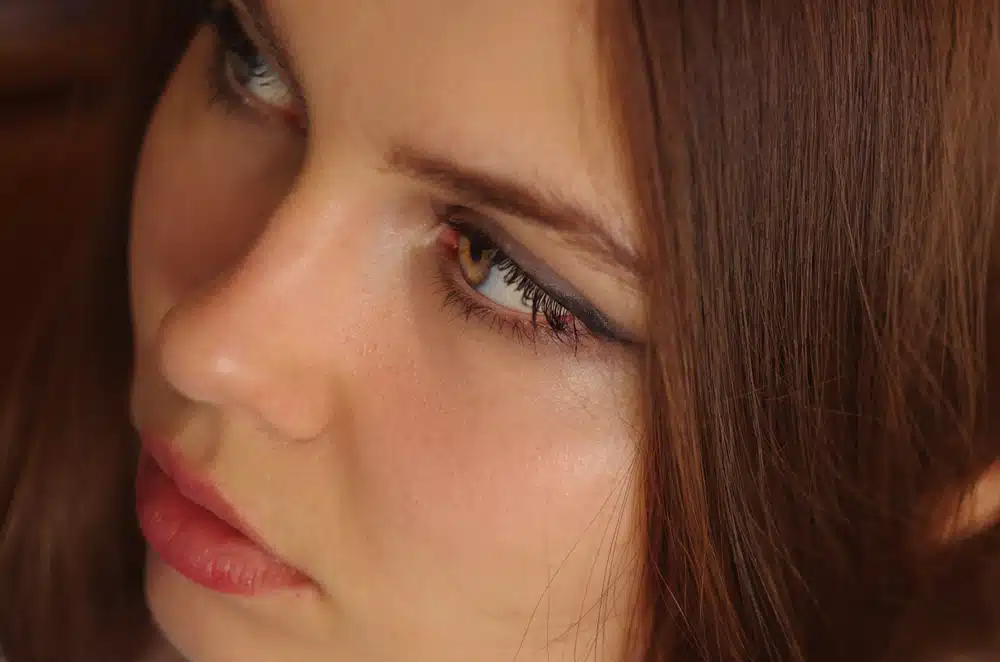
Short Length:
The nose is typically shorter in length compared to other nose shapes. This can contribute to an overall compact and balanced appearance.
Rounded or Upturned Tip:
The defining feature of a snub nose is its upturned or slightly rounded tip. This creates a subtle curvature in the nasal profile, giving the nose a charming and often perky quality.
Small Nostrils:
This nose type often features small, delicately shaped nostrils that contribute to the nose’s overall petite and attractive appearance.
Youthful Appearance:
The snub or button nose is commonly associated with a youthful and endearing look, often described as a “cute” or “adorable” type of nose.
Versatility:
These noses come in various degrees of upturn, from subtle to more pronounced. The extent of upturn can vary from person to person.
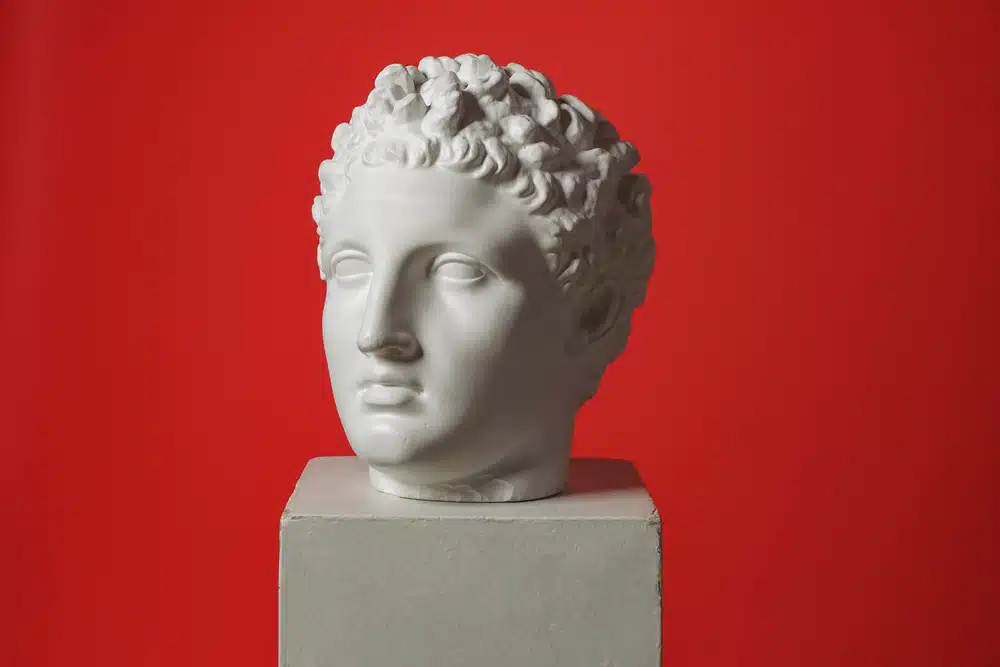
4. Greek Nose / Straight Nose
Commonly referred to as a straight nose, the Greek nose is characterized by its straight bridge and narrow nostrils. This nose shape is one of the highly desirable types of nose for its smooth, bump-free profile. Some individuals with Greek or straight noses may opt for rhinoplasty to adjust the nose’s size or enhance the tip to achieve better facial harmony.
Key characteristics of a Greek or straight nose include:
Straight Bridge:
The most distinguishing feature of the nose is its straight bridge, which is neither concave nor convex. It creates a well-defined and unbroken line from the area between the eyes (nasal root) to the nasal tip.
Defined Profile:
The nose profile is linear, and the nasal tip is not upturned or down-turned but remains parallel to the bridge, creating a harmonious and balanced appearance.
Symmetry:
Greek noses often exhibit a high degree of symmetry, which is considered aesthetically pleasing in many cultures.
Versatility:
This nose shape can complement various facial features and is often considered a versatile and universally attractive type.
5. Bumpy / Crooked Nose
A bumpy or crooked nose is characterized by an irregular, uneven, or misshapen bridge or nasal profile. It may exhibit visible humps, indentations, or deviations from a straight, symmetrical appearance.
These characteristics of a crooked or bumpy nose can result from various factors, including genetic traits, injury, or developmental factors. While some individuals embrace the uniqueness of their crooked or bumpy noses as part of the identity of these types of noses, others may seek rhinoplasty or other surgical interventions to correct these irregularities and achieve a straighter and more balanced nasal appearance.
Common features include:

Bumps or Humps:
Crooked or bumpy noses often display visible bumps or humps along the nasal bridge. These bumps can vary in size and shape, contributing to the irregularity of the nose’s profile.
Deviation:
A crooked nose may appear deviated from the center of the face, creating an asymmetrical and unbalanced look.
Irregular Bridge:
The bridge of the nose may exhibit irregularities, resulting in a non-uniform and uneven appearance.
Curvature:
Crooked noses may have a curvature or bend along the nasal bridge or sometimes in the entire nasal structure.
Nostril Asymmetry:
The nostrils of a crooked nose may appear uneven or asymmetrical, with one nostril higher or wider than the other.
Nose Tip Deviation:
In some cases, the nasal tip may also be deviated, contributing to the overall irregularity of the nose.
Nose Surgery: Correcting a crooked or bumpy nose involves a complex reconstruction procedure typically performed by an experienced plastic surgeon specializing in nose reconstruction.
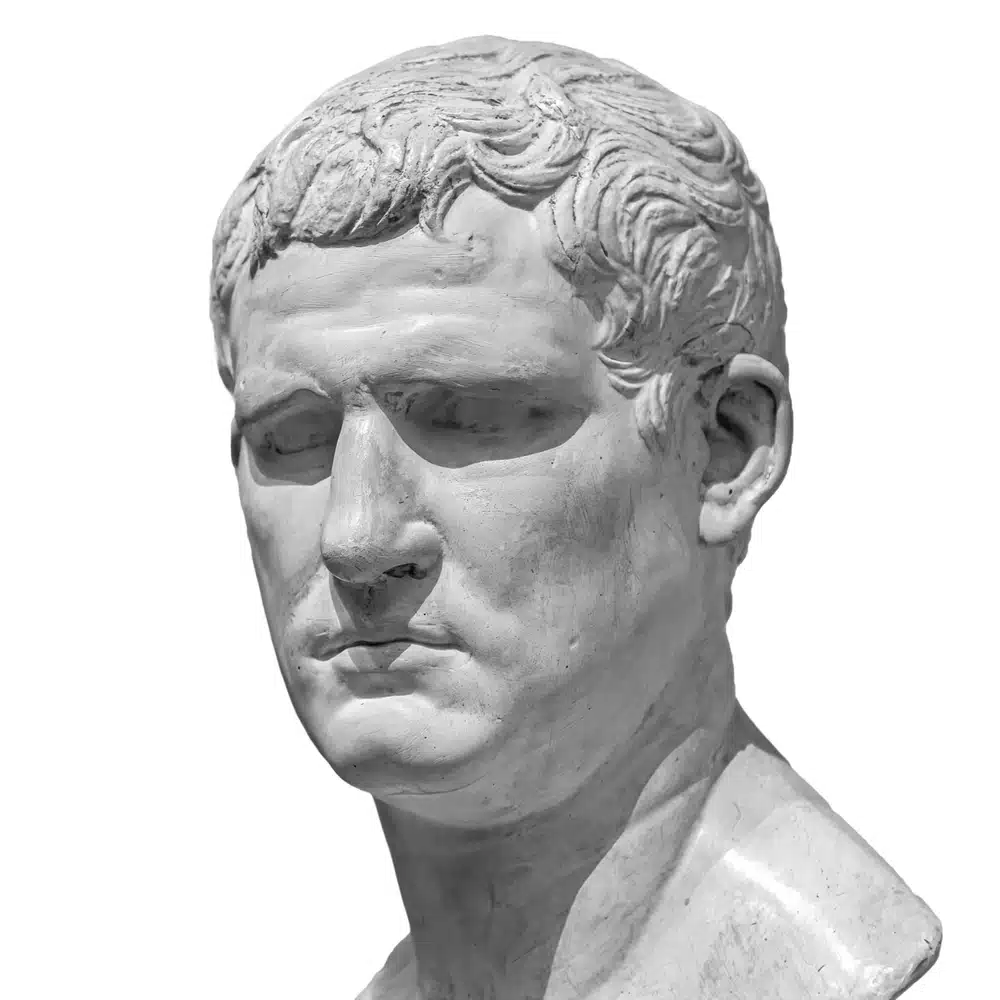
6. Roman Nose / Downward Sloping Tip / Aquiline Nose
A Roman or aquiline nose is often recognized by its prominently arched bridge, gently curving downward towards the tip. This nose shape is commonly associated with classical ideals of beauty.
This nose shape is named after the Roman and Greek sculptures of antiquity, where individuals with such noses were frequently depicted. The term “aquiline” is derived from the Latin word “aquilinus,” meaning “eagle-like,” as the shape is often likened to the curve of an eagle’s beak.
Key features of a Roman or aquiline nose include:
Prominent Bridge:
The pronounced, high-arching bridge gently curves downward from the nasal root to the nasal tip.
Straight Nasal Tip:
Unlike some other nose shapes, the Roman nose typically has a straight or only slightly upturned tip, maintaining the classic and distinctive profile.
Symmetry:
Roman noses often exhibit a high degree of symmetry, which is considered aesthetically pleasing in many cultures.
Unique Appearance:
This nose shape is celebrated for its unique and classic appearance, often associated with strength and nobility.
Nose Surgery: Individuals with a Roman nose may consider rhinoplasty to refine the nose’s tip or reduce an excessive hump on the bridge. Interestingly, this nose shape is often viewed favorably among male patients.
7. Hawk Nose
A hawk nose resembles the Roman nose but typically features a narrower bridge and a more pointed tip. Hawk noses often have a curved shape, which can create a hooked appearance reminiscent of a hawk’s beak, a characteristic some individuals wish to modify through rhinoplasty.
Key features of a hawk nose include:
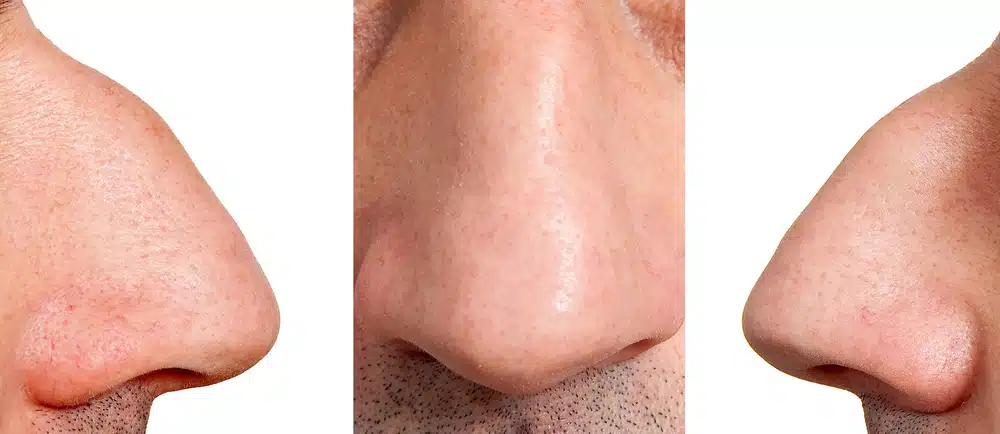
Prominent Hook:
The most notable feature of a hawk nose is the pronounced, downward curve or hook along the nasal bridge. This curve can be subtle or more prominent, depending on the individual.
Straight Nasal Tip:
Unlike some other nose shapes, the hawk nose often features a straight or only slightly upturned nasal tip, complementing the overall profile.
Strong and Unique Appearance:
Hawk noses are celebrated for their unique and striking appearance, often associated with strength and character.
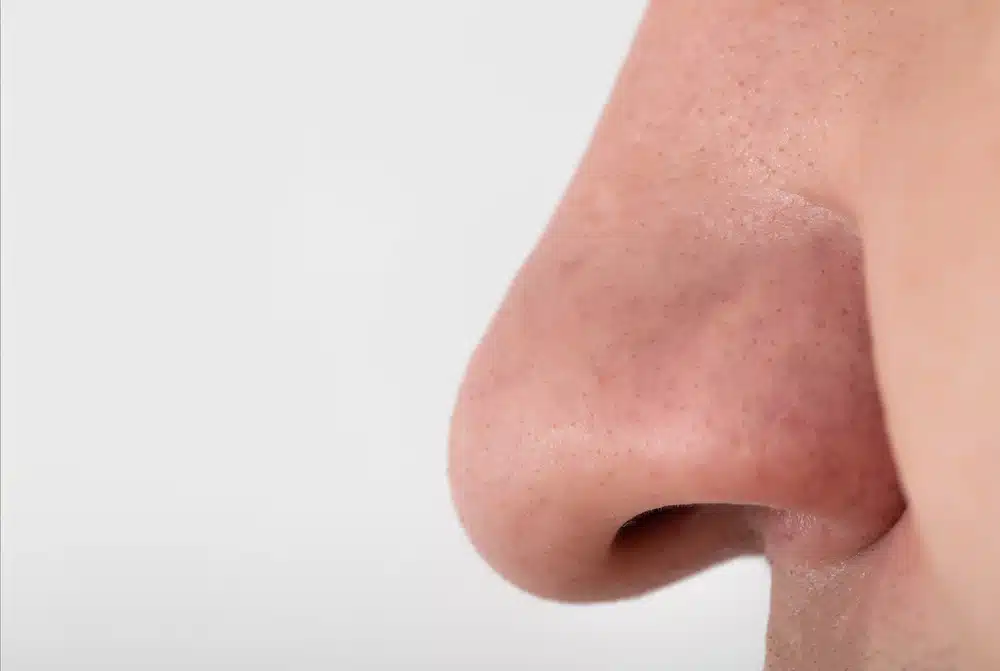
8. Fleshy Nose
Fleshy noses are commonly observed in men and are identified as such types of noses by their large, wide, and protruding shape. Patients with fleshy noses may opt for rhinoplasty to refine the nose’s tip and narrow the sides, enhancing its overall shape.
key features:
Large Nose Size:
A fleshy nose typically has a larger overall size in comparison to other nose shapes. This can encompass both the width and length of the nose.
Soft Tissue Thickness:
The nose may have a significant amount of soft tissue, particularly along the bridge and the sides, which contributes to its “fleshy” appearance. This soft tissue can give the nose a more rounded and voluminous look.
Full Nasal Tip:
The nasal tip of a fleshy nose is often well-rounded and plump, adding to the overall “fleshy” or full appearance.
Lack of Defined Features:
Fleshy noses tend to have less well-defined features, such as a high nasal bridge or sharp angles, compared to other nose shapes. The contours of the nose may appear smoother and more rounded.
9. Nubian Nose
A Nubian-shaped nose is frequently found in individuals of African descent, characterized by its extended bridge, broad base, and a downward-pointing tip toward the lips.
This nose shape is characterized by several distinctive features:

Wide Nasal Base:
The Nubian-shaped nose typically has a broad or wide nasal base. The nostrils (ala) are wide and flared, giving the nose an open and spacious appearance.
Flat Bridge:
The nasal bridge, which is the upper part of the nose that extends from the nasal root (between the eyes), tends to be low and relatively flat. It lacks the pronounced height or projection seen in some other nose shapes.
Nostril Visibility:
This nose shape often exhibits prominent nostrils that are easily visible when viewed from the front. The open nostrils contribute to the Nubian nose’s distinct appearance.
Natural Aesthetic:
Nubian-shaped noses are celebrated for their natural and harmonious aesthetic. They are often perceived as a beautiful and distinctive feature, and they can enhance an individual’s facial characteristics.
Nose Surgery: Those with Nubian-shaped noses often consider rhinoplasty to achieve a narrower nose profile.

